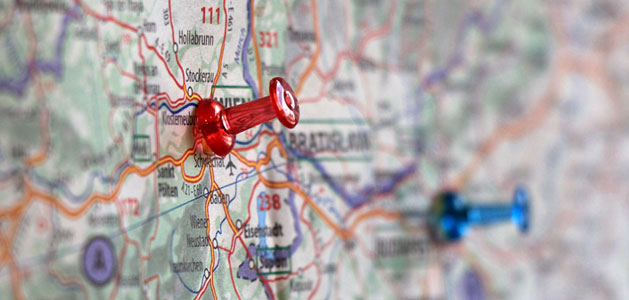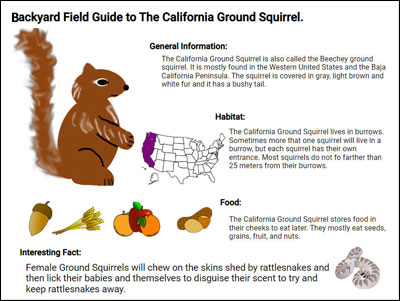
Make learning relevant and purposeful by grounding student work in your local community

Place-based learning is a powerful way to connect the curriculum to student’s personal lives and make learning meaningful and purposeful. Place-based learning takes advantage of the local “heritage, cultures, landscapes, opportunities and experiences” to not only ground student’s academic work, but contribute to the health of the local environment and community.
Place-based learning uses the real world around a school as the classroom. A place-based approach is learner-centered, grounded in student inquiry, experiential learning, civic engagement, and service work.
Since place-based learning is situated in your community, social studies may be the easiest place to start. A project-based approach is a natural fit for place-based learning, but you don’t have to make such a big shift to begin.
A first place-based project can be simpler. Begin by getting out of the classroom and learning in the community by visiting a local museum, or reading a historic marker, or taking a local history tour. Then, ask students to use what they have learned to:
Place-based education is most powerful when students create projects in school that benefit the community beyond. Partner with a local museum to develop:
When the Museum of Military History in Kissimmee, Florida moved to a new building, students in Debbie Bohanan's class at Axis Middle School helped bring the displays to life. Students created animations, interactive web pages and more to connect the museum artifacts to the events and experiences of the soldiers who donated them. Students published materials created QR codes that allowed museum visitors to access resources from their phones as they explored the contributions of local veterans.
A place-based approach also means that Civics Education doesn’t have to just be about following a set of rules. It can be about developing citizens who participate and help make their community a better place.
Science is another subject that has obvious connections to place. While all students learn about weather and climate. The reality is that most of us only care about weather in other places when we are traveling or speaking to a loved one that lives far away. Primary classrooms take a place-based approach and give meaning to student work when they ask primary learners to observe and collect the weather right outside their classroom.
Biology is perhaps the easiest science topic to connect to place. Start by asking students to explore plants and animals where they live. Students can design their own field guides to local species to teach others about nature in your area or build signage or a digital tour to identify local species on a natural trail. Students could even design an exhibit that educates visitors on a specific ecosystem at a local park. A more in-depth place-based project might ask students to develop a solution to a local pollution or ecosystem challenge.

Put students in charge of designing your school garden to:
Students can promote personal and community health by crafting stations for a fitness trail that takes advantage of the terrain and features of a local park. They can research a local health issue and craft public service announcements to raise awareness within their community.
Physics can connect students to place through design and engineering projects for a local purpose. While rules of force and motion are universal, a place-based approach might ask students to design a kinetic sculpture that uses wind patterns or water movement (and adheres to these rules) for a specific neighborhood site. Students can look around the classroom, school, or home to find specific examples of a simple machine in action or, better yet. use simple machines as part of an invention that solves a problem in the classroom, school, or local area.
A place-based approach requires students to know and apply science for a purpose, making learning relevant!
If these ideas seem overwhelming, keep it simple by using place as the context for math practice and activities. For example, use what students can see around your school and in the community as they explore:
A place-based approach means reading, listening to, and telling local stories from local authors or living voices. It is also easy to integrate a place-based approach for all three types of writing:

Perhaps best of all, the reading, writing, listening, and speaking done during many of the place-based ideas above provide students with a reason to practice all three forms of writing and even use a combination of them for a purpose.
Place-based projects reflect the area where they are created, but that doesn’t mean you have to design every piece yourself. Students in different locations can explore the same curriculum topic, but a place-based approach means their resulting work is unique to the context of their local community.
Connect your students’ learning to the world around them by using a place-based approach!

Follow us on Instagram for daily inspiration

Create a thought web, cluster, flowchart, or other graphic organizer for a lesson
Five ideas for creative classroom centers
Creative, digital book reviews
Fun and powerful ideas with animated characters

Wixie
Share your ideas, imagination, and understanding through writing, art, voice, and video.

Rubric Maker
Create custom rubrics for your classroom.

Pics4Learning
A curated, copyright-friendly image library that is safe and free for education.

Wriddle
Write, record, and illustrate a sentence.

Get creative classroom ideas delivered straight to your inbox once a month.
Topics